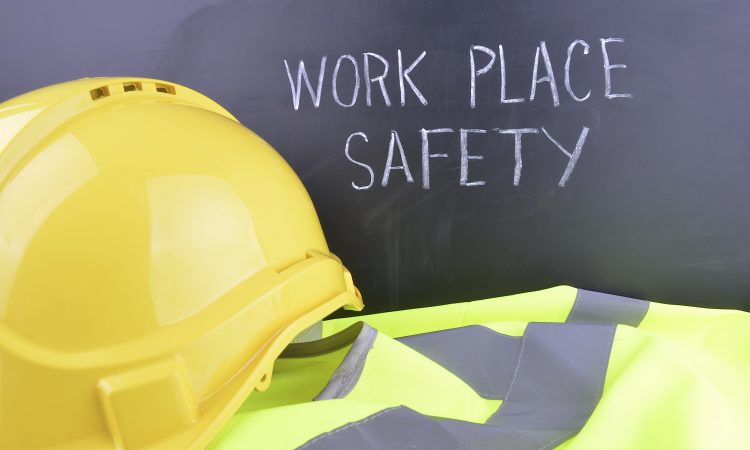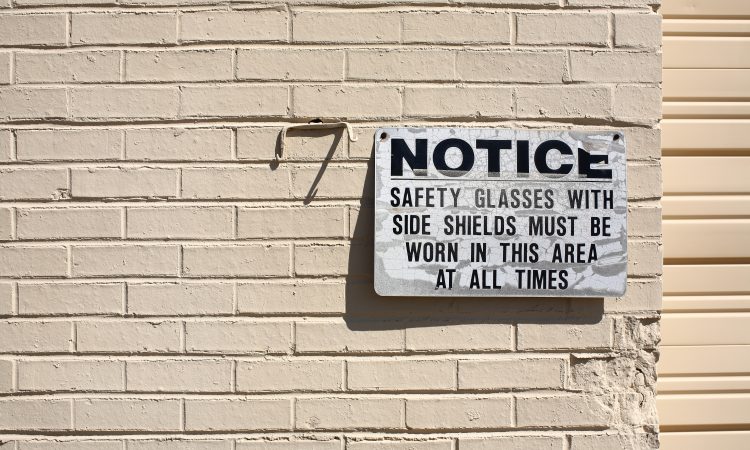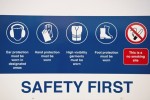What if one or your workers – who should and does know better – violates an OSHA standard? Shouldn’t an employer be able to defend itself from the violation even when there is no dispute that the underlying conduct occurred? The answer is yes, provided the four elements of the “unpreventable employee misconduct” defense are met.
Unpreventable employee misconduct, an affirmative defense, is often raised by employers in OSHA enforcement actions. Thus, while OSHA bears the burden of proving a violation, the employer bears the…
Continue reading...
Citation
OSHA investigated a Maine roofing contractor multiple time over an eleven year period and issued citations totaling $389,685 in fines for repeatedly exposing its employees to fall hazards. In 2011, the United States Court of Appeals for the Second Circuit ordered the contractor to implement a comprehensive safety and training program. It also ordered the owner of the company to produce substantial documentation that will demonstrate the extent to which he is able to pay the fines. Notably, the court indicated that if the owner…
Continue reading...
Continue reading...
Since OSHA’s mission statement is “to assure safe and healthful working conditions for working men and women,” it’s no surprise that its enforcement authority generally rests with citing employers. The Occupational Safety and Health (OSH) Act requires “each employer” to comply with OSHA standards. Construction is no different—29 CFR 1910.12 obligates each “employer” to protect “employees engaged in construction work” and to comply “with the appropriate standards.” OSHA’s multi-employer citation policy (MECP), however, dictates that up to four separate entities all may be cited—and recognized…
Continue reading...
Continue reading...
Shortly after issuing a citation to an employer, OSHA will often agree to reduce the penalty amount provided the employer agrees not to contest it. But could settling invite further trouble? For a number of reasons, contractors should give considerable thought before entering into an early settlement with OSHA.
You Need to Move Quickly
Upon receipt of a citation, you have three basic options: accept the citation as-issued (this is almost never the best option); request an informal conference and attempt to settle or convince…
Continue reading...
Continue reading...
OSHA officials have been busy as the weather heats up and spring turned to summer. On May 20, 2016, OSHA cited BC Stucco and Stone, a construction company in Darby, Pennsylvania, for one serious violation and three willful violations. The investigation dated back to November 25, 2015 when an OSHA compliance officer observed an employee working eighteen feet above ground on a scaffold without fall protection. The proposed penalties are $93,000. BS Stucco had also been previously cited on May 2, 2016 at their…
Continue reading...
Continue reading...
OSHA recently investigated a DuPont facility after four workers were killed by the release of a lethal gas. OSHA cited DuPont for 11 safety violations and fined them $99,000. Nine of these violations were classified as “serious” (OSHA defines a serious violation as when the workplace hazard could cause an accident or illness that would most likely result in death or serious physical harm), while one was a repeat violation.
A DuPont worker was overcome by the release of methyl mercaptan gas after she opened…
Continue reading...
Continue reading...
Lead exposure can cause long term damage to the central nervous system, urinary, blood and reproductive systems. Without proper protection, employees who encounter lead in the work place can bring this toxic metal home on their clothes, hair and hands. Family members, including pregnant women and children, are put at risk for lead poisoning as a result.
Employees of Chicago-based Era Valdivia Contractors, Inc. and their families were exposed to dangerous lead hazards while workers were sandblasting the steel structure of the Francisco Avenue Bridge…
Continue reading...
Continue reading...
OSHA has cited a New York City hospital after an investigation found workers were exposed to laundry contaminated with blood, bodily fluids, and other infectious materials. Approximately one year ago, the Manhattan hospital allegedly replaced linen laundry bags with thin plastic bags that broke, exposing workers to health hazards. Clothing, sheets, towels and other soiled laundry spewed onto the floor of the basement when bags broke or failed to stay closed as they came down laundry chutes. Employees were further exposed as they gathered and…
Continue reading...
Continue reading...
Two recent court cases upheld citations that were issued for violations of OSHA’s fall protection standard and a willful citation for exposing workers to excessive heat.
In September of 2011, OSHA inspectors in Cleveland, Ohio observed a worker performing roof repairs on a church’s steep-pitched roof without any fall protection. An inspection, in turn, resulted in the issuance of “serious” and “repeat” citations to the roofing company for violating OSHA’s fall prevention regulations. In an appeal to the Occupational Safety and Health Review Commission (“OSHRC”),…
Continue reading...
Continue reading...
Employees of a Brooklyn medical facility were allegedly exposed to head, eye, face and groin injuries and intimidation and threats during routine interactions with patients and visitors. An inspection by OSHA reportedly found approximately 40 incidents of workplace violence between February 7 and April 12, 2014. These incidents involved employees who were threatened or physically and verbally assaulted by patients and visitors, or when breaking up altercations between patients. The most serious incident was an assault of a nurse, who sustained severe brain injuries when…
Continue reading...
Continue reading...




